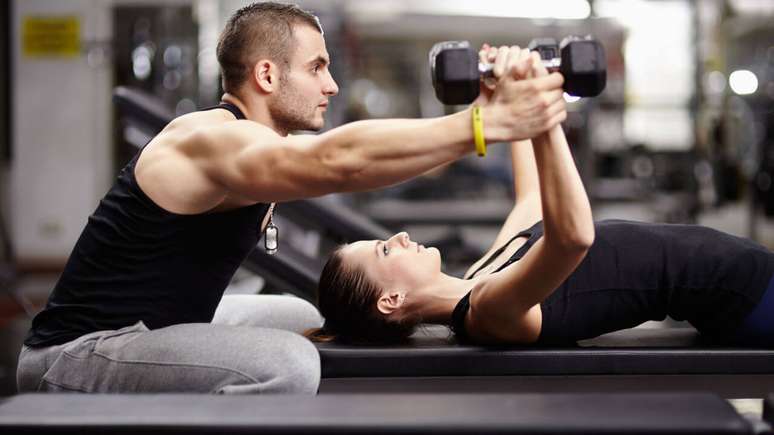Veterinarians associate Dogues de Bordeaux with bulldogs because of the risk of heatstroke – both breeds are brachycephalic. In addition to the heat, the Bordeaux could have a heart attack. It is worth keeping in mind that this breed is very vulnerable to heat and provide the dog with appropriate conditions and care.
Another one on Kat Henstridge’s list is the Royal Spaniel breed. According to the vet, these dogs are at risk of overheating due to their flat noses, which don’t allow the air they breathe to cool down enough, their lush fur, and their natural tendency toward obesity.
Read also: 10 Cleaning Tips Every Cat and Dog Owner Should Know
It may come as a surprise that a beagle does not react well to heat, but Kat Henstridge says that these dogs also require special care in the summer. This is due to the development of greyhound muscles – due to their large and long muscles, during physical activity, their body temperature can rise quite sharply, which is critical in hot weather.
Springer Spaniels are also at risk on hot days. This breed is well known for its propensity for literally tireless physical activity, which, combined with a thick and dense coat, makes these dogs prone to heatstroke, warns a veterinarian.
Golden Retriever breeders should also be careful with high temperatures. These dogs are sensitive to heat – they have a dense coat with an undercoat, so in hot weather they should be in the shade and have access to plenty of cool water.
Veterinarian Angela Beal reminds us that beautiful huskies are genetically adapted to life in cold climates. These dogs can adapt to high heat, but high heat is still contraindicated for them: their thick coat makes effective cooling difficult and increases the risk of overheating.
This breed, just like the husky, is in danger as soon as the thermometer rises. Alaskan Malamutes do not have fur, but real fur coats, and in hot weather the dog’s body can overheat very quickly, leading to heat exhaustion or even heat stroke. If in the heat the dog is lethargic, refuses to eat and shows signs of nausea, this may mean that the loss of electrolytes and moisture is almost critical and the animal needs help from a specialist.
Pugs are another popular brachycephalic breed. A small skull and flat muzzle are sure signs that you need to be careful with your dog on hot days, as Henstridge and Beal point out.
Pugs are not only at risk of heatstroke: prolonged exposure to high temperatures can cause organ damage, including the heart, kidneys and liver. Owners of these dogs often notice that their pets love to lie in the sun, so you should not let them do this: the pug does not know the consequences, so all the responsibility lies with the owner.
Read also: How to Understand That It’s Better for You Not to Have a Dog of This Breed: A Star Trainer and Veterinarian Explains
How to Help a Dog in Heat: 5 Questions and Answers
Question: What is the important rule to follow to prevent dogs from getting too hot in hot weather?
Answer: It is important to ensure access to fresh, cool water throughout the day and to avoid long walks in the sun during the hottest periods.
Question: How to help your dog cope with the heat of the house?
Answer: It is recommended to ensure good air circulation in the room by installing a fan or air conditioner and to provide your dog with a cool place to rest.
Question: How to properly cool a dog in hot weather?
Answer: You can rinse the animal with lukewarm or slightly cool water and give it access to shaded areas. Avoid cold wraps or water jets to prevent shock due to temperature changes.
Question: What food is recommended for dogs in hot weather?
Answer: In hot weather, it is advisable to reduce dog food portions to avoid excessive activity of the digestive system, provide easily digestible ingredients and ensure access to water.
Question: What types of activities are good for dogs in hot weather?
Answer: In hot weather, it is recommended to walk early in the morning or evening, when the temperature is not so high, and to avoid active physical exertion during the hottest hours of the day. The best choice is to play in the shade, near water or in water.

















